The Impact of Stagnation on Pakistan's Industrial Power
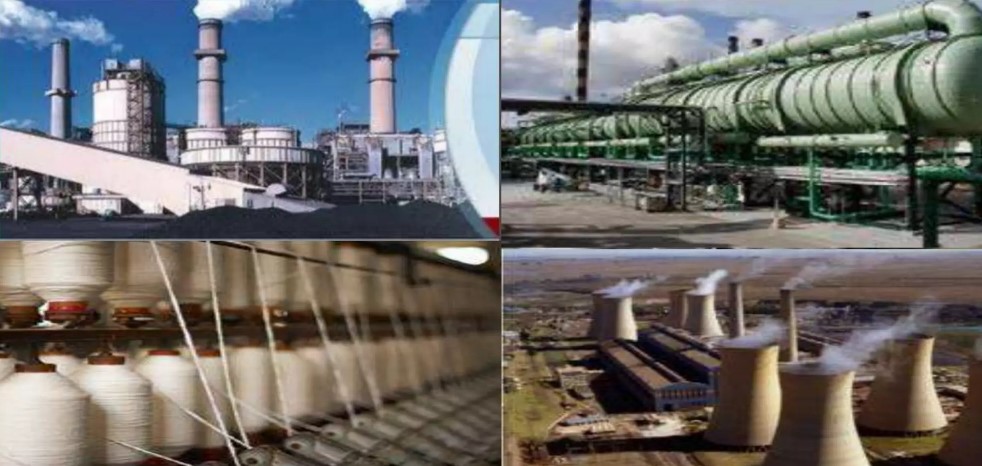
The Impact of Stagnation on Pakistan's Industrial Power
The industrial and automotive sectors in Pakistan, once promising, have faced a prolonged period of stagnation over the past few decades, hampering their growth and global competitiveness. In this article, we will explore the various facets of this stagnation and its impact on emission standards, fuel production, and the automotive industry.
Outdated Emission Standards
A glaring example of stagnation in Pakistan's industrial landscape is the nation's adherence to Euro 2 emission standards, which were officially enforced in 2012, a staggering 12 years after these norms became obsolete in other parts of the world. As we approach the end of 2023, Pakistan still lags behind, clinging to Euro 2 standards. This outdated approach has led to environmental issues, negatively affecting air quality and public health.

Fuel Production Challenges
While the government mandated Euro 5 emission standards in 2020, many local refineries remain ill-equipped to produce compliant fuel. They resort to blending and augmenting their products with imported fuel and additives to meet the required standards. Despite the industry's acknowledgment that modernizing facilities would require significant investment and time, this vital step has not been taken.
Innovative Shortcomings in Vehicles
The automotive sector, including tractors, 2-wheelers, and 4-wheelers, predominantly relies on outdated technology with minimal innovation. Notably, the 2-wheeler industry, touted for its high localization, seems to prioritize cosmetic updates over technological advancements. This results in companies branding decades-old models as new through the addition of decorative stickers.

The Impact on Agriculture
Outdated tractors, lacking advanced features and fuel efficiency, are widely used in Pakistan due to economic constraints. This reliance on obsolete machinery negatively affects agricultural productivity and sustainability. These older tractors demand more maintenance, consume more fuel, and produce higher emissions, making them inefficient and environmentally unfriendly.

Promoting Sustainable Farming
To enhance agricultural practices and productivity, it is crucial to encourage farmers to transition to modern, technologically advanced tractors. Initiatives aimed at promoting sustainable farming methods in Pakistan are needed, but these efforts hinge on the availability of sophisticated tractor models in the market.
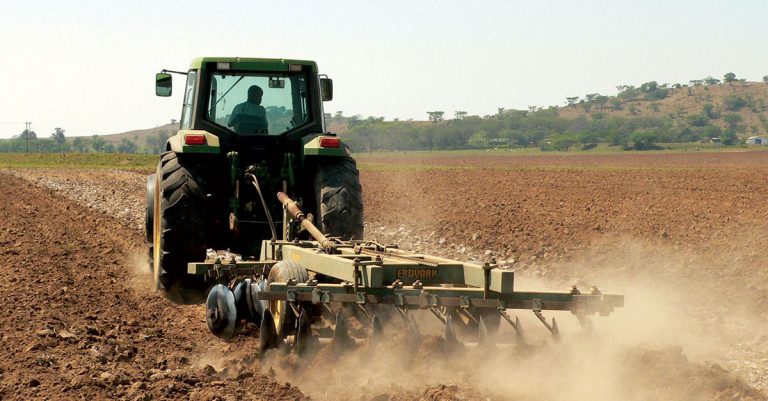
Dumping Ground for Outdated Vehicles
Pakistan has earned a reputation as a repository for globally discontinued vehicle models. Cars that have reached the end of their life cycle elsewhere are introduced in the country as new offerings. Shockingly, approximately 70% of new cars assembled in Pakistan fall into this category.
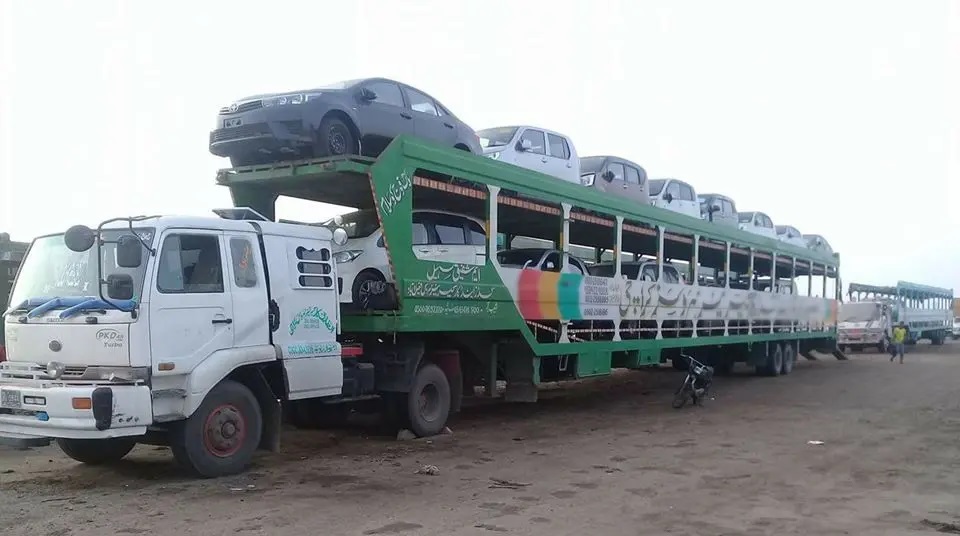
Challenges in Public Transport and Heavy Vehicles
The public transport and heavy commercial vehicle sector in Pakistan is no exception. Buses, trucks, fuel carriers, and trailers all rely on outdated technology. Attempts by the government to impose necessary regulations for improvement often face resistance from industry stakeholders.
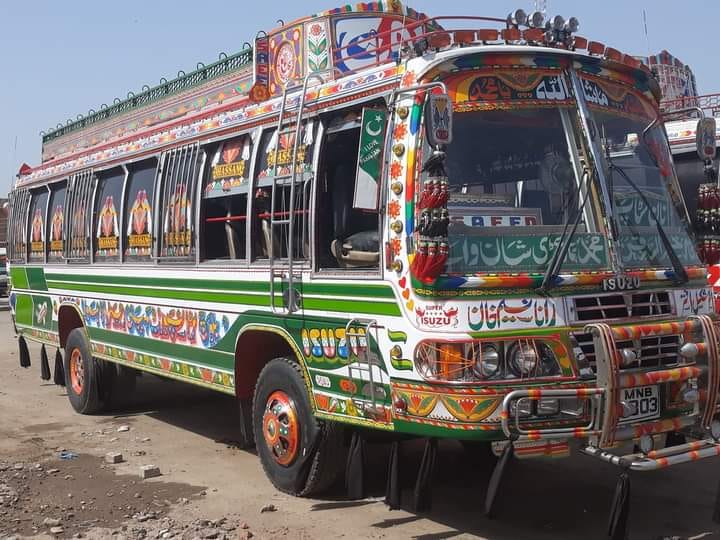
Barriers to Innovation
Outdated manufacturing techniques and limited research and development initiatives have stifled innovation in the automotive sector. Shifting government policies and regulatory changes have created an atmosphere of uncertainty, hampering manufacturers' long-term planning.
The Need for Competition and Self-Reliance
The absence of robust competition within the local market has led to complacency among manufacturers, diminishing the drive to enhance product quality and introduce new features. Furthermore, heavy reliance on imported parts has hindered the development of a self-reliant indigenous automotive industry.
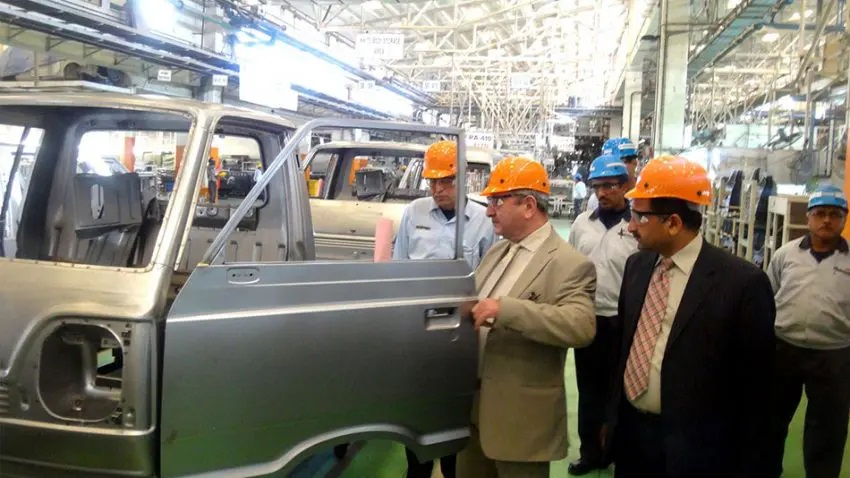
A Path Forward for Pakistan's Industrial Revitalization
Addressing these challenges requires a collaborative effort involving the government, private sector, and educational institutions. Encouraging investments in research and development (R&D), improving access to finance, offering skilled training programs, and ensuring stable and supportive government policies are pivotal steps toward reinvigorating Pakistan's industrial capabilities. Overcoming stagnation is not just essential for industry growth but also for its significant contribution to Pakistan's economic development.
Industrial Stagnation
Automotive Sector
Emission Standards
Fuel Production
Automotive Industry
Agricultural Productivity
Sustainable Farming
Vehicle Models
Regulatory Challenges
Industrial Revitalization
Related Auto News Updates
Latest Discussions
Comments

















Add a Comment "The Impact of Stagnation on Pakistan's Industrial Power"